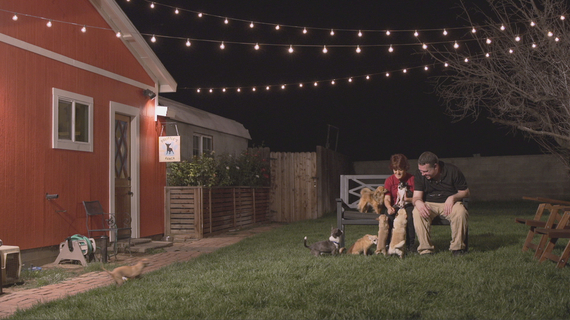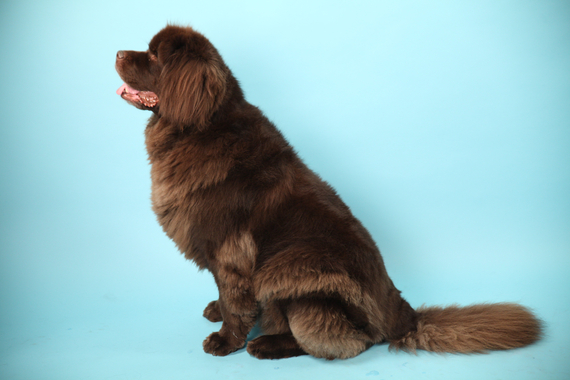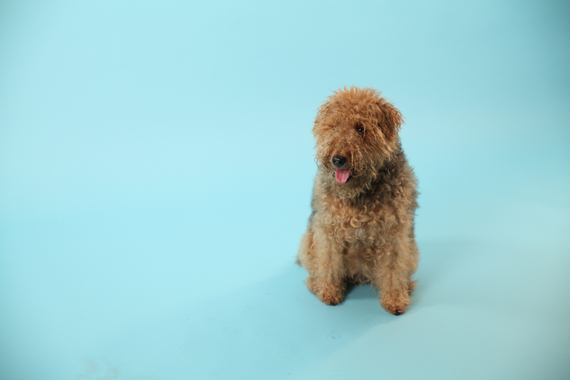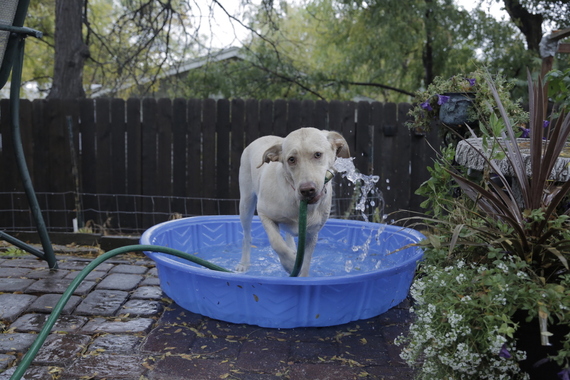In the Facebook age, some of us might want to be a little more careful about how we friend our dogs.
"Now that so many people talk to each other by texting and do their jobs remotely, we have less interaction with our fellow human beings than ever before," says Dr. Debbye Turner, one of the veterinarians who contributes to the Nat Geo Wild channel's annual Barkfest this weekend.
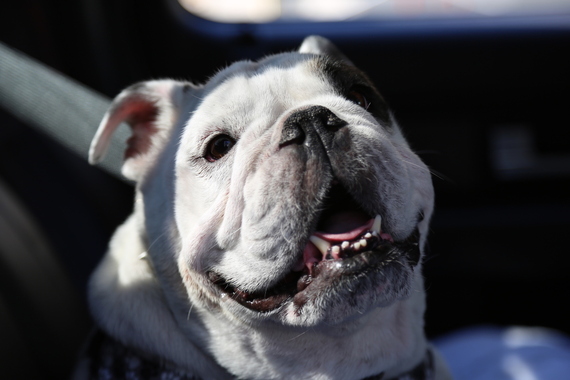
"At the same time," Turner notes, "we have more pets than ever, and we interact with them all the time. So we anthropomorphize. We give pets human characteristics and look to pets to fulfill what we aren't getting from people.
"But dogs are dogs, and we have to relate to them as dogs, not as mini-human beings. We can't force dogs to be human."
Turner stresses that she's a dog lover. And a cat lover. "I grew up with a houseful of animals," she says, and after all, she is a vet.
So she, like Barkfest, can cite plenty of reasons why we find dogs so endearing.
Barkfest starts Friday at 9 p.m. ET with The World's Funniest Dogs, a compilation of videos culled from the Internet. Most of the dogs aren't trying to be funny, as far as we know, but they succeed.
Friday at 10 is Who's Your Doggie, which asks the ever-popular question, "What kind of dog is that?"
Saturday it picks up at 9 p.m. with Second Chance Chihuahuas, above, the story of a California couple that runs a rescue for these plucky little dogs. The rescue theme continues at 10 p.m. with To The Rescue, featuring three cases hosted by Cesar Millan.
Sunday night it's a repeat of Who's Your Doggie at 8 p.m. and a repeat of World's Funniest Dogs at 10 p.m., wrapped around How Dogs Got Their Shapes at 9 p.m.
That's the show with Turner and a number of other dog experts, and it explains how today's breeds developed in anything but a random manner.
Some 400 breeds are recognized today, and they all are thought to descend from one: the wolf. Characteristics like size, coat, attitude and temperament were bred in or out to serve specific functions, many of which are obsolete or illegal today.
Bulldogs were bred to harass tied-up bulls who were about to be slaughtered, because of the 18th century belief that distressing the animal made the meat more tender.
Many dogs were bred for hunting, searching or retrieving, with their job description changing as demand for that function decreased. While Great Danes were bred for hunting and protection, Turner notes that today they are more often "the world's largest couch potato." Well, along with Newfoundlands (above).
Labrador Retrievers, the most popular pet dog in the country for decades, strike many as the living definition of what a "dog" should look like and must have always looked like.
In fact, Labs were created over the last two centuries from other breeds - notably the St. John's Water Dog, which itself went extinct less than 40 years ago.
Labs were originally bred to retrieve, logically enough, but they were also bred for the gentle disposition that makes them such favored pets.
The dog universe is constantly evolving, and Turner notes that much of today's selective breeding reflects the different things we want from today's dog.
For instance, she says, a family that might once have wanted an aggressive dog to protect its farm animals from predators now is more likely to favor a more docile dog "that can walk through the house and not decimate it."
She also says she wouldn't be surprised if, 50 years from now, today's exotic hybrid combinations like the Labradoodle are accepted as just one more regular breed.
Turner also thinks we're more aware these days about the potential downside of dog breeding.
She notes that German Shepherds, for instance, were bred for a sloping back because it was considered an aesthetically pleasing look even though it put the dogs at risk for hip dysplasia.
"We're getting better about breeding now," she says. "We understand more about the risks and dangers."
We also understand more, she says, about the possibilities for treating pet illnesses and injuries.
"It isn't that veterinarians know so much more now about how to treat dogs," she says. "There have been advances over the last 50 years, but the biggest change has been owner awareness.
"When people find they can keep their pets alive longer," says Turner, "many of them do."
Americans spent an estimated $60 billion on pet care last year.
In more abstract realms, Turner suggests we're learning more and more about pet thinking, based on clues from their behavior. She's not sure we'll ever completely crack that code, however, "unless we learn to speak dog."
Nor does she think that's a bad thing. For all the affection we ladle out to our pets, she says, "I suspect we might not like them as much if we knew what they're really thinking."

